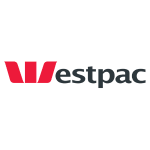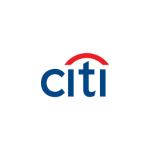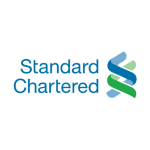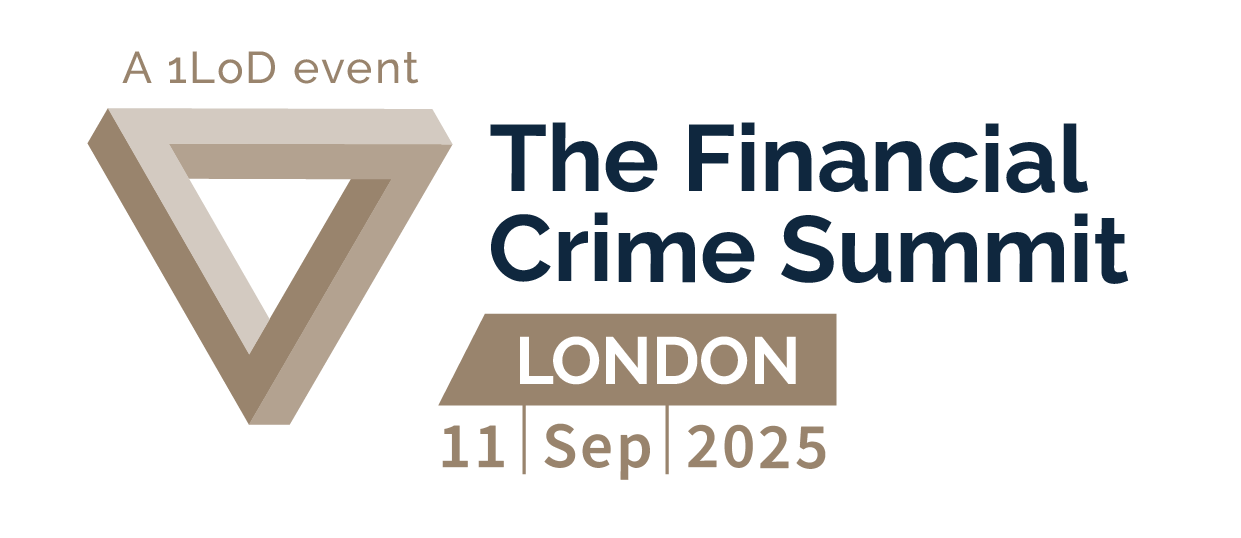Conference & Event Awards 2025 - Event of the Year

Conferences
Virtual Events
Virtual, on-line only “Deep Dives” delve into key topics in greater detail. As fully virtual events they benefit from bringing practitioners, regulators, consultants and solution-providers together globally in the most efficient format. With lots of opportunities for direct conversation between delegates, this in-depth focus on specific subjects enables participants to make new and valuable high-level contacts, while also providing access to content-rich panel discussions and keynote addresses
What are people saying?

"Excellent event. Well worth attending. Strong speakers, spot-on content, fantastic pace."
Jack McNamara, Managing Director, Deputy Head of Audit Operations, BNY Mellon

"An excellent conference with superb thought leadership from a wide variety of subject matter expertise."
Chien Chien Wong, Managing Director, Chief Operating Officer, Asia Pacific Division, Credit Suisse

"A fantastic opportunity to come together as a buy side community across the 3 lines of defence to consider the evolution of risk management within the industry."
Maria Abbonizio, Global Head of Operations - Investment Management, Fidelity International

“The 1LoD Surveillance Summit was well organised and extremely well attended. The key note speakers were excellent and open and I took a lot away from the day.”
Ricky Crump, Head of 1LoD Monitoring & Surveillance, Europe & Americas, Westpac

“With first class organisation and truly relevant content, the 1LoD surveillance conference is the annual “go to” event for all surveillance and monitoring practitioners. ”
Robert Hammond, Global Head of Surveillance, Global Banking and Markets, HSBC

“Congratulations on another excellent conference. Your work is making a really big contribution to the industry. ”
Darren Jarvis, Managing Director, Global Head of Business Controls and Supervision, Markets Division, Citigroup

"Sharp, crisp, insightful."
Ed DiPaolo, Managing Director, Global Head of Audit, Corporate and Investment Bank, J.P. Morgan

"Good debate, making effective use of technology with the usual high quality panel which I have come to expect from the folks at 1LOD."
Joel Cook, Regional Head Compliance, Corporate, Commercial & Institutional Banking, Greater China North Asia, Standard Chartered Bank

"Excellent event. Well worth attending. Strong speakers, spot-on content, fantastic pace."
Jack McNamara, Managing Director, Deputy Head of Audit Operations, BNY Mellon

"An excellent conference with superb thought leadership from a wide variety of subject matter expertise."
Chien Chien Wong, Managing Director, Chief Operating Officer, Asia Pacific Division, Credit Suisse

"A fantastic opportunity to come together as a buy side community across the 3 lines of defence to consider the evolution of risk management within the industry."
Maria Abbonizio, Global Head of Operations - Investment Management, Fidelity International

“The 1LoD Surveillance Summit was well organised and extremely well attended. The key note speakers were excellent and open and I took a lot away from the day.”
Ricky Crump, Head of 1LoD Monitoring & Surveillance, Europe & Americas, Westpac

“With first class organisation and truly relevant content, the 1LoD surveillance conference is the annual “go to” event for all surveillance and monitoring practitioners. ”
Robert Hammond, Global Head of Surveillance, Global Banking and Markets, HSBC

“Congratulations on another excellent conference. Your work is making a really big contribution to the industry. ”
Darren Jarvis, Managing Director, Global Head of Business Controls and Supervision, Markets Division, Citigroup

"Sharp, crisp, insightful."
Ed DiPaolo, Managing Director, Global Head of Audit, Corporate and Investment Bank, J.P. Morgan

"Good debate, making effective use of technology with the usual high quality panel which I have come to expect from the folks at 1LOD."
Joel Cook, Regional Head Compliance, Corporate, Commercial & Institutional Banking, Greater China North Asia, Standard Chartered Bank

"Excellent event. Well worth attending. Strong speakers, spot-on content, fantastic pace."
Jack McNamara, Managing Director, Deputy Head of Audit Operations, BNY Mellon

"An excellent conference with superb thought leadership from a wide variety of subject matter expertise."
Chien Chien Wong, Managing Director, Chief Operating Officer, Asia Pacific Division, Credit Suisse

"A fantastic opportunity to come together as a buy side community across the 3 lines of defence to consider the evolution of risk management within the industry."
Maria Abbonizio, Global Head of Operations - Investment Management, Fidelity International





)
)
)
)
)
)
)
)
)
)
)
)